ChunkyCushionLover
Ideal_Rock
- Joined
- Jun 21, 2009
- Messages
- 2,463
Cehrabehra said:In that last pic of your srd, isn't the light hitting the pavillion? I don't think rounds are designed to benefit at all from pav light, are they? Other types of stones do benefit from that and the radiant looks like one. I have one of those. (not a radiant, just a "green" stone) and I think it's beautiful. At least when it can get light through the pavilion. I like the way it lights up in ways that well cut rounds don't, but it requires alternate light sources which is a negative for set jewelry but can be worked around.
All stones benefit from light hitting the girdle and pavilion, the ones that have less edge to edge brightness benefit more.

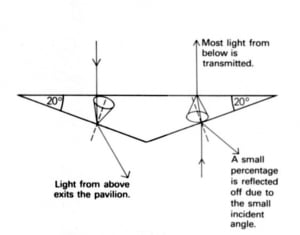
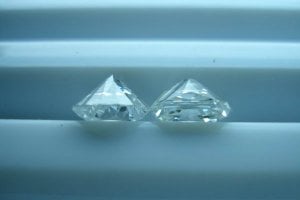
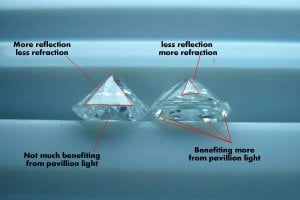
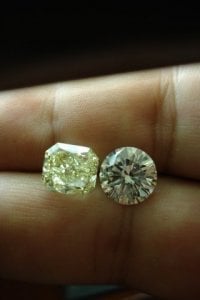
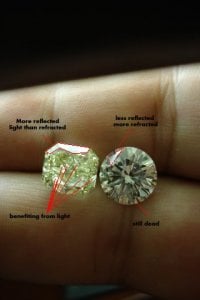
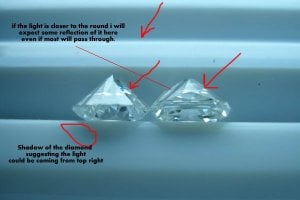
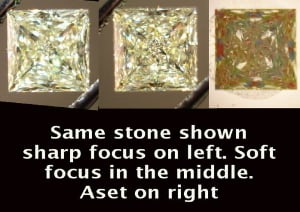
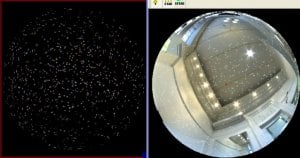
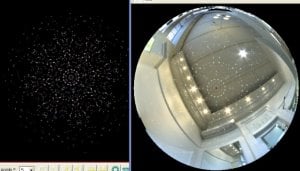
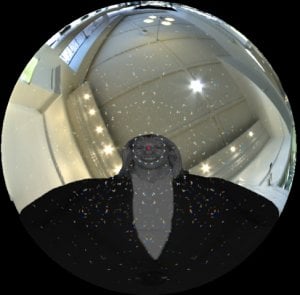


300x240.png)